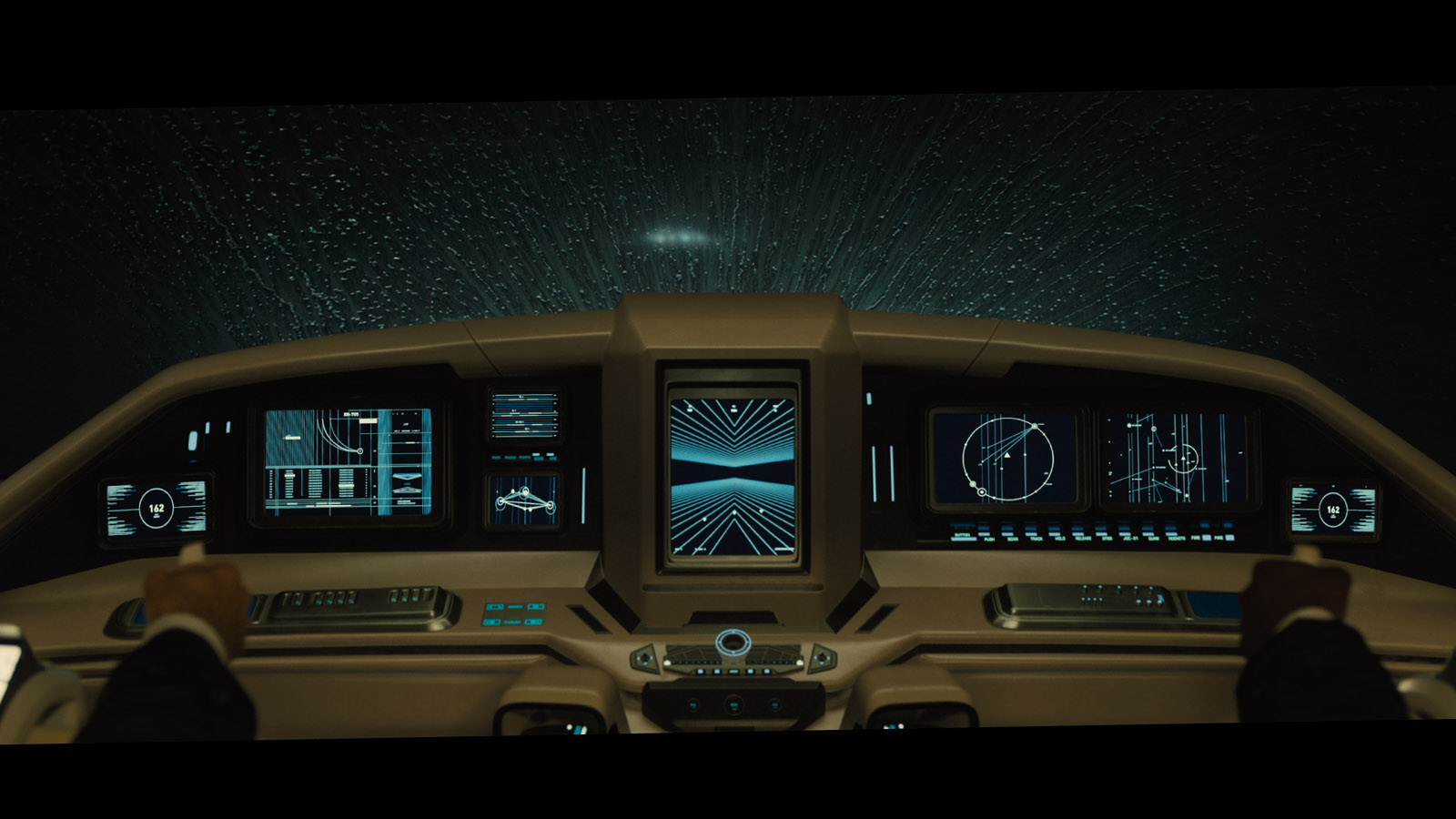From Tolkien’s richly detailed Middle Earth to J K Rowling’s wizarding world, ‘world building’ is a narrative device long employed by authors to map the cultures, peoples and environments that underpin a story world. It’s no surprise then, that film makers have embraced and further developed the world building methodology, adding production design, props and costume, voice coaching and make up, creature development, special and visual effects to bring the cultures, creatures and environments of fantasy and fiction to life on screen. And now, world building is gaining traction in the commercial sector as a strategic tool to map out how a brand or sector can meet the challenges ahead.
The aspect of world building that Territory specialises in is envisaging and designing technology interfaces and interactions for near future, fantasy and science fiction narratives. Men in Black: International, Ready Player One, Pacific Rim: Uprising, Blade Runner 2049, Ghost in the Shell, Avengers: Age of Ultron, Guardians of the Galaxy, Ex_Machina, Prometheus – all of these films present a distinct vision of technology that blends into the visual and narrative dynamics of their fictional world.
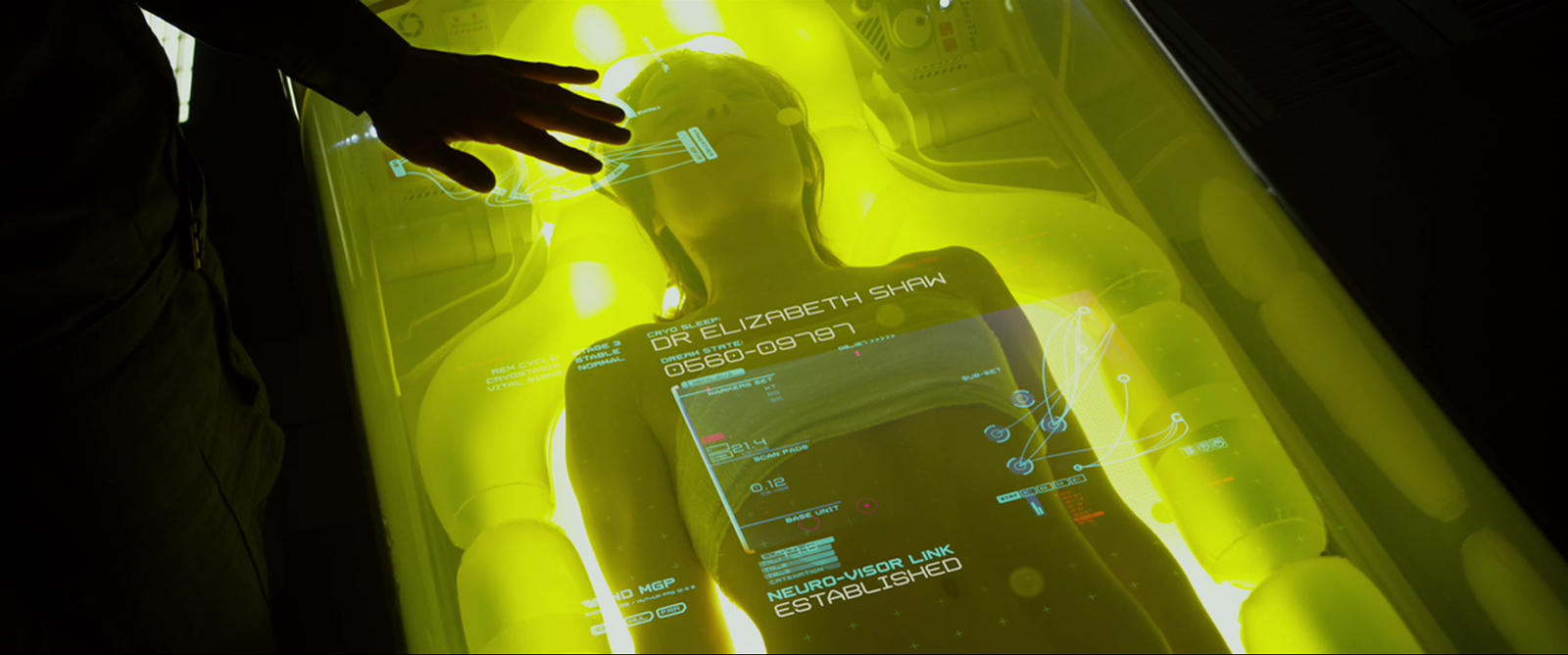
The methodological rigour applied to devise, map and build credible worlds in which imagined objects, buildings, vehicles and products make contextual sense is attracting attention from real world companies. Recent articles have covered the rise of this new field, naming companies that have commissioned organisations like the Experimental.Design founded by ex-production designer Alex McDowell, also founder of the Berkley based World Building Institute, to envisage potential scenarios and developmental pathways for their products. Famed for his production design on Minority Report, in which he gathered a team of leading technology and interaction specialists to help flesh out the role and impact of technology in a futuristic world, McDowell now applies the same world building methodology to speculative scenarios that organisations may face.
Territory’s co-founder David Sheldon-Hicks observed the power of futuristic technology to inspire people and conversations early in his career. “The pull that speculative interfaces and interactions have for technologists and businesses is incredibly exciting. The first film we worked on as Territory was Prometheus, where we designed uniquely organic interfaces, and the conversations continue today.” Enquiries and conversations about future facing technology spiked again after the studio’s work on Ex_Machina in 2015, Ghost in the Shell and Blade Runner 2049 in 2017, and Ready Player One in 2018.
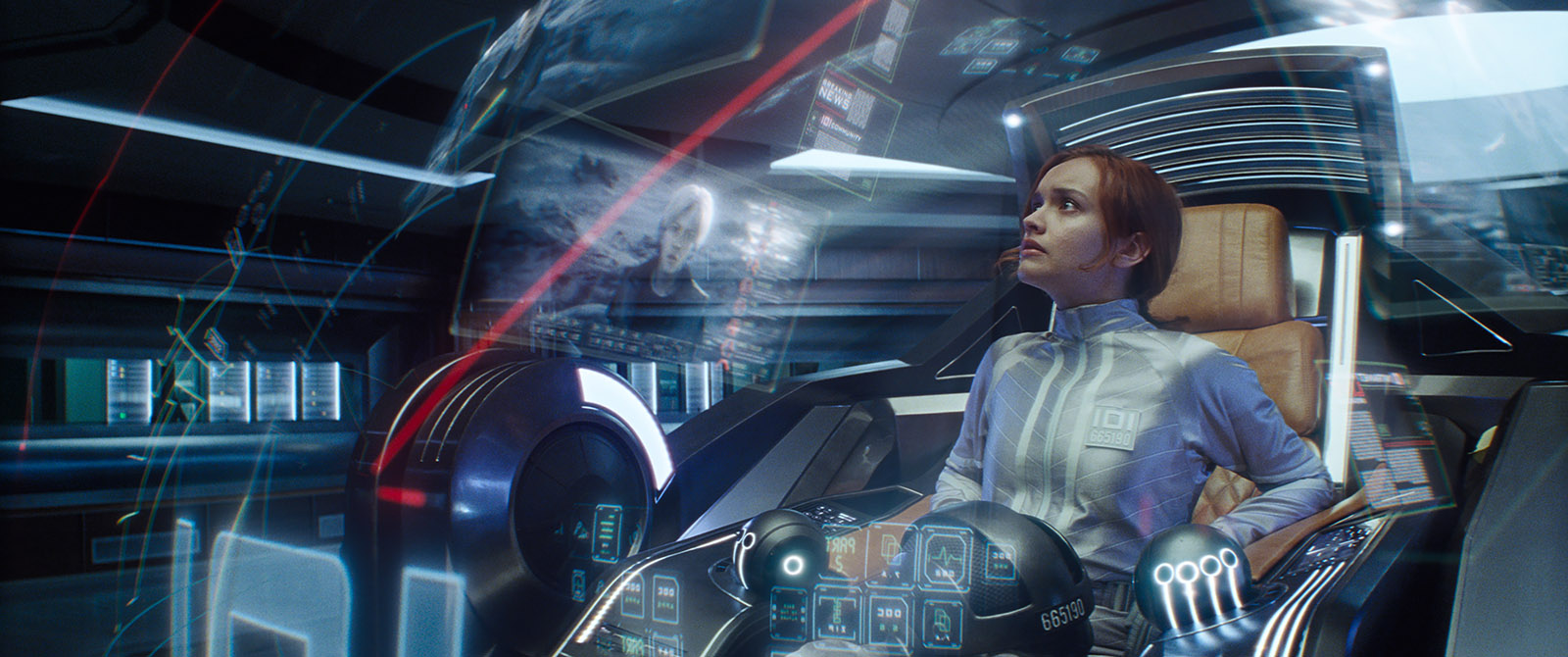
Talking about the appeal of this process, David says “I think that the depth, detail and quality of ideas that go into world building for film and episodic tv shows like Black Mirror appeal because it provides an opportunity to explore cultural, environmental and technological changes in a safe way. As a tool to create speculative fiction, world building can help companies and brands map the likely scenarios that may impact their business for good and bad, leading to strategies that will maintain their relevance in a fast changing world.”
Fast changing is an understatement; according to The Global Risks Report 2019 we live in an time of unprecedented change in which the interconnectivity of people, businesses and markets, together with technological advances is transforming the way we live and work. Against this background, tools that can help businesses explore alternative scenarios can deliver real advantage, and films offer discussion points as well as an ideation process.
In terms of conversations, Ghost in the Shell and Ready Player One continue to fascinate. Not only do they offer possible product ideas, like dynamic large scale advertising holograms, digital building wrappers, cybernetic augmentations and richly developed VR applications for learning, entertainment and commerce, they explore the cultures, societies and behaviours that inform and frame these products.
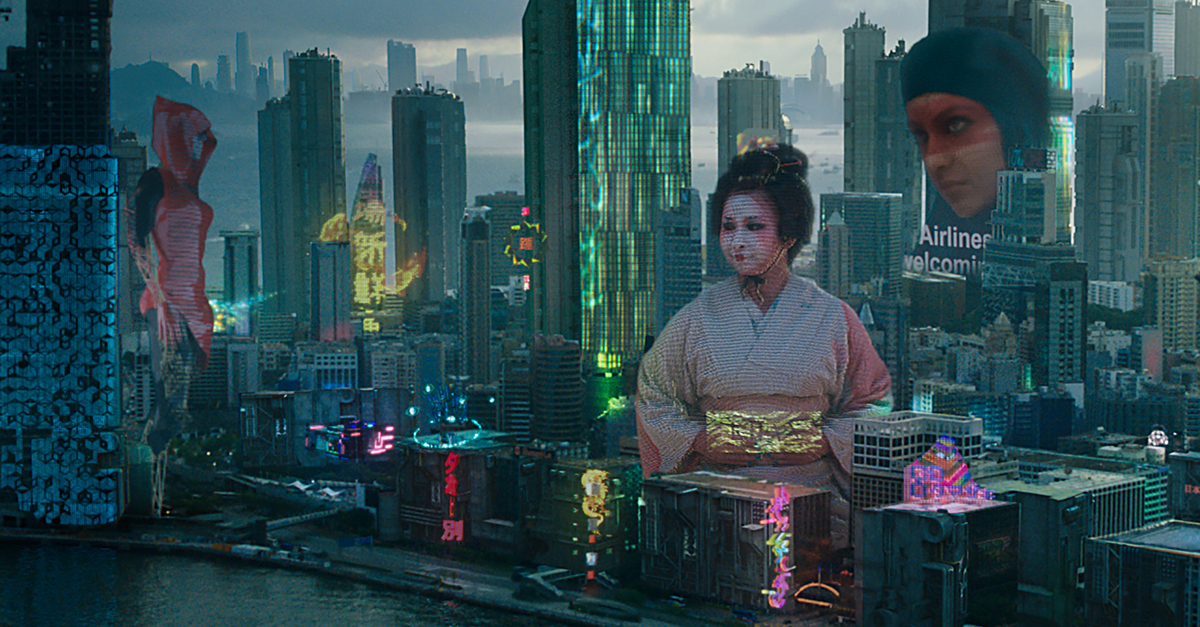
This contextual world building process is applicable to companies that want to experiment with future scenarios, and automotive sector to military contractors already commission what is variably called speculative prototyping, future-casting, and sci-fi prototyping. Outcomes include deep insights about the changes most likely to impact brand and products, and strategies to evolve product ranges to meet new challenges.
In the architectural and urban planning space, Sheraz ‘Q’ Quiddale O’Sullivan, an Architectural Association graduate and VR programmer, feels that world building process in combination with virtual technology has huge potential to revolutionise urban developments and master plans.
The depth of detail that the methodology offers architects and planners, together with advances in technology can lead to more effectively planned developments and cities, not just in terms of materials but to accommodate the evolving needs of individuals and communities.
“There are a number of technologies that are maturing and I think we will soon be able to create new collaborative platforms for sophisticated networked simulation. I see huge potential in the merging of game engines that can render visual effects in real time with virtual reality platforms, and advanced modelling software to generate dynamic simulations on a scale not previously possible – and that’s an exciting space to operate in,” says Q.
Together, David and Q talk about dynamic VR simulations with built in variables grounded in world building principles and modelling software, that are rendered with cinematic production values. “Imagine being able to stand inside a virtual development or zoom in on a city block, all the while tweaking variables to see how the building fabric or neighbourhood responds to different environmental and social factors over time,” says Q, continuing, “Factor in climate change and population variables, dial them up or down in line with different scenarios, and let the effects on materials, transportation and community life play out in the simulation. And with an interactive component, the public can be invited to engage with the simulation in a networked VR experience, leading to insights about behaviours over time”.
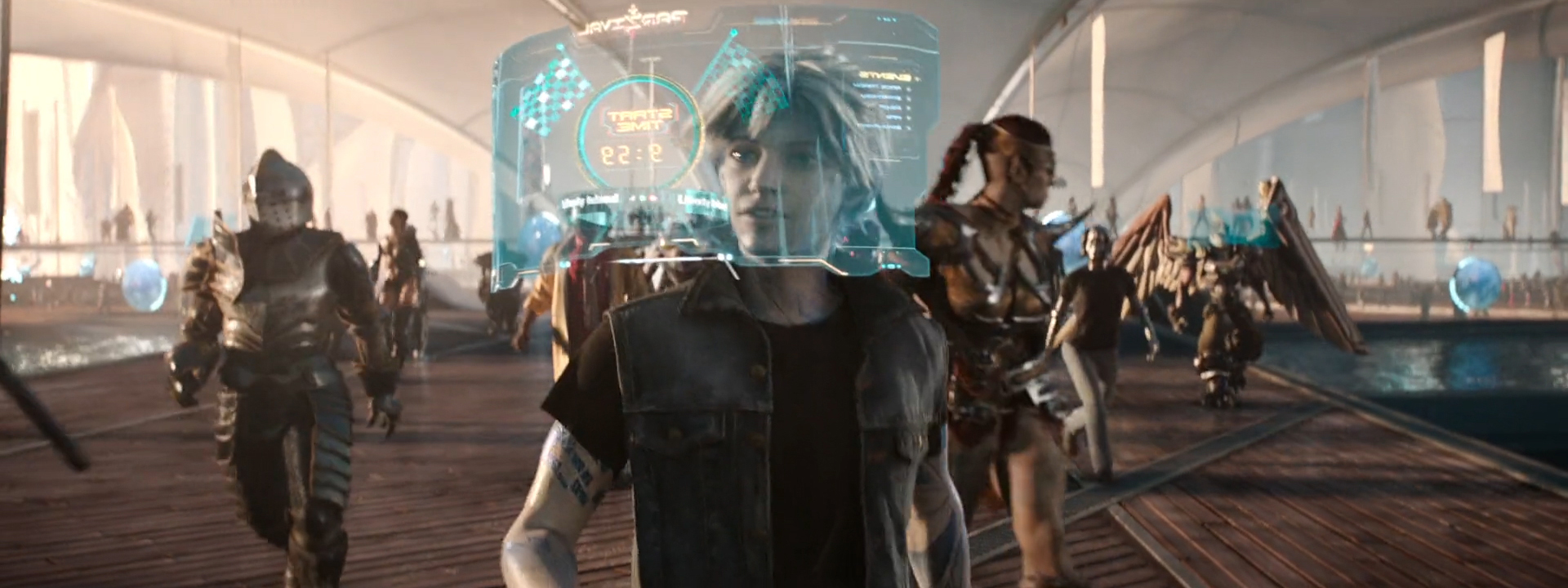
Whatever the technological path to speculative prototyping or future-casting may be tomorrow, world building as employed by film makers today offers a route to a richly developed and visualised world that brand and product owners and service providers can tap into. In an era typified by unprecedented change, the opportunity to explore, map and plan future facing scenarios is a powerful proposition.
